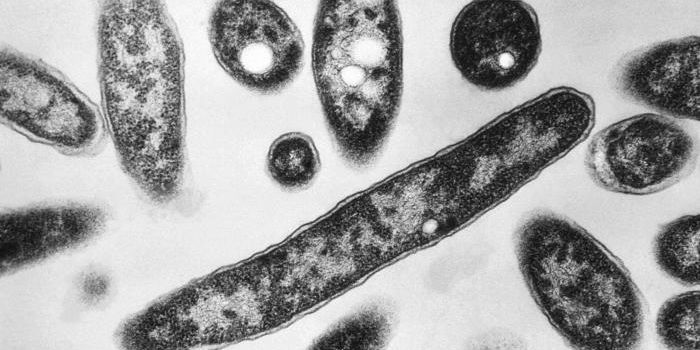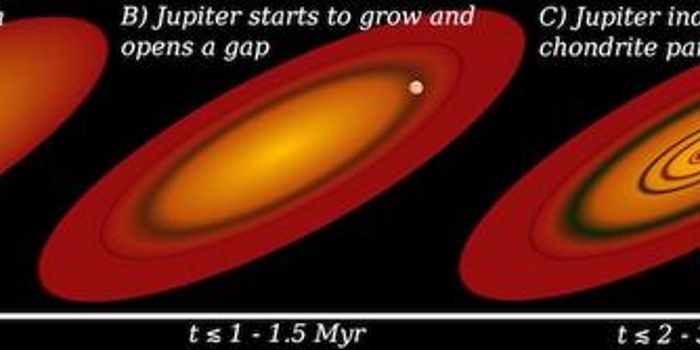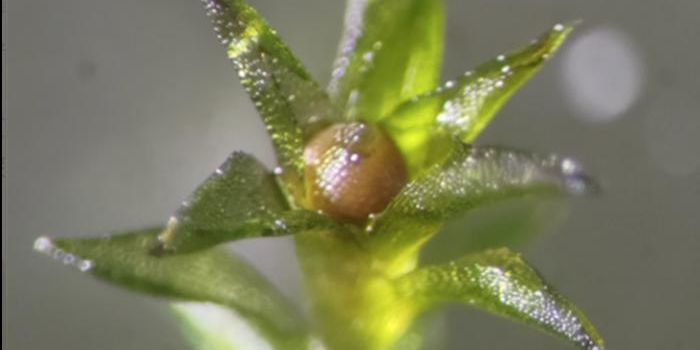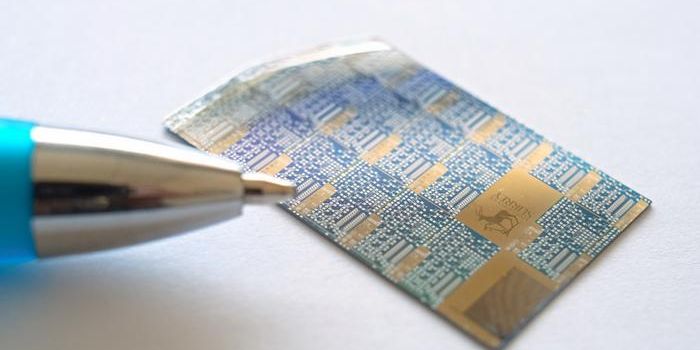Diatoms' DNA can be used as bioindicators for river health
As I learned during an ecology lab in college, biodiversity assessment is currently the most effective and accepted method of measuring the health of rivers and streams. As I also learned during that lab, the technique to assess biodiversity is quite tedious, requiring hours of laboring knee deep in a cold stream turning over rocks, scraping them clean of tiny macroinvertebrates, and later identifying each bitty critter one by one in the laboratory.
But luckily for future college students, biologists from the University of Geneva (UNIGE), Switzerland, have recently published in Molecular Ecology Resources their successful attempts to establish a water quality index based on the DNA sequences of diatoms. Such DNA classification eliminates the need to identify each species visually, which may just change the way biomonitoring is conducted.
The biologists used diatoms as a case study because these single-celled algae are very sensitive to changes in water conditions, meaning they can act well as bioindicators of water quality and pollution levels. Previously, in order to utilize diatoms for biomonitoring, scientists had to undergo the same procedure I did in my college ecology lab: hours and hours of microscope identification, which obviously in a professional setting incurs a big financial consequence as well.
To run their test, the team analyzed 90 samples of diatoms taken from different rivers in Switzerland and determined their ecological status using the Swiss diatom index (DI-CH). They then used their taxonomy-free approach, as they call it, which involves a molecular index based on DNA sequences that all diatoms have, to compare the accuracy of the results. And it worked! The taxonomy-free method gave a correct assessment for 77% of the examined sites!
"The whole range of DNA sequences revealed in each sample corresponds to a specific DI-CH quality index. Furthermore, each sequence identified has a different distribution and is detected in variable amounts from one sample to another. By integrating all these data, we were able to calculate an ecological value for each sequence, without having to identify the species to which it belongs," explains Laure Apothéloz-Perret-Gentil, author of the study. The hope is that the molecular index created for diatoms could be adapted for other bioindicators, allowing an even more comprehensive (and speedy) analysis of river and stream health.
This new system is not, of course, without fault. “Its main limitations,” explains the study, “are under-sampling and the need to calibrate the index based on the microscopic assessment of diatoms communities. However, once calibrated, the taxonomy-free molecular index can be easily standardized and applied in routine biomonitoring, as a complementary tool allowing fast and cost-effective assessment of the biological quality of watercourses.”
Sources: ScienceDaily, Molecular Ecology Resources









